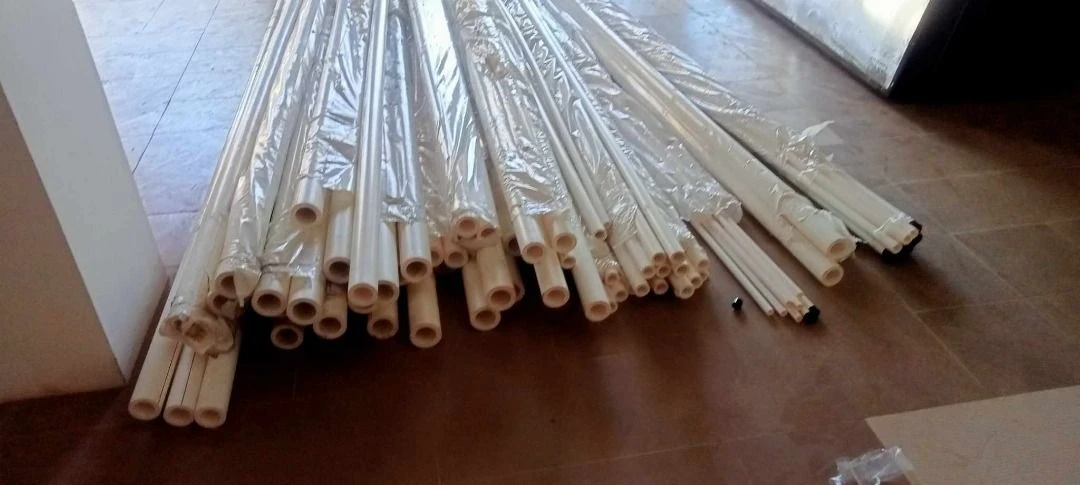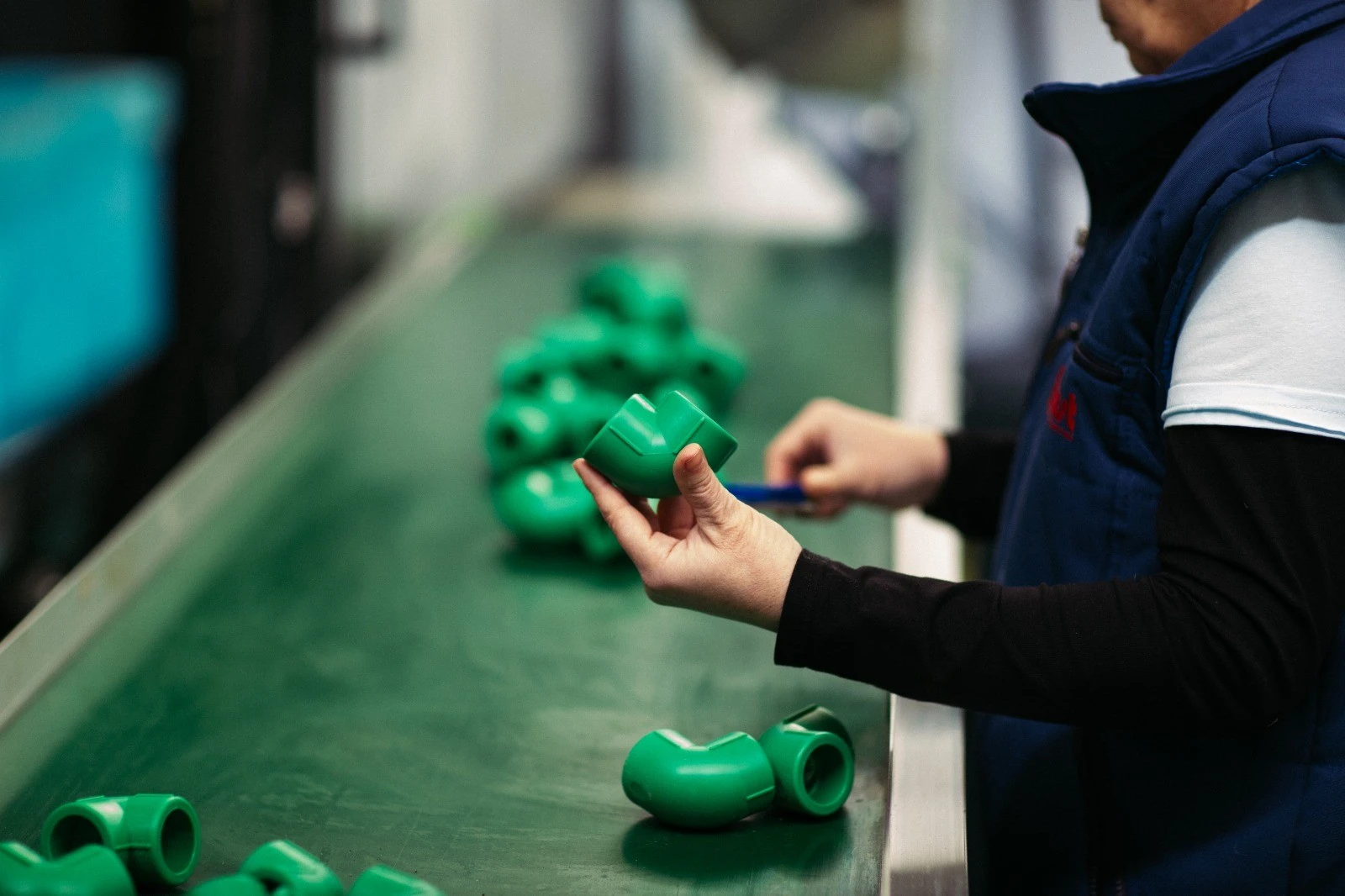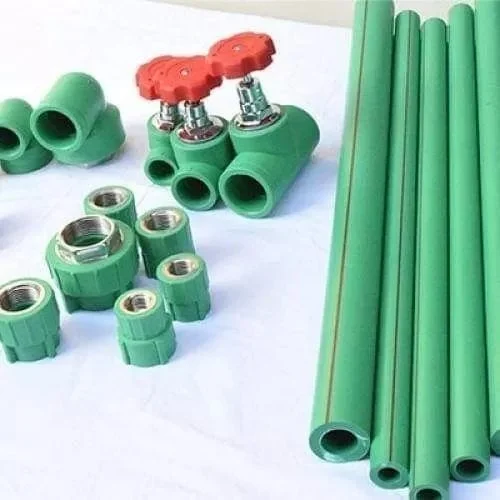Introduction PPR Pipe
Polypropylene Random Copolymer (PPR) pipes have emerged as a popular choice in plumbing and piping systems due to their exceptional properties and versatile applications. This guide will explore everything you need to know about PPR Pipe, including their benefits, installation methods, maintenance, and common applications. Whether you are a homeowner, contractor, or industry professional, understanding PPR pipes can help you make informed decisions for your plumbing needs.
What are PPR Pipe?
PPR pipes are made from a type of plastic known as polypropylene. They are specifically designed for transporting hot and cold water, making them suitable for a variety of plumbing applications. The random copolymer structure of PPR gives it enhanced flexibility and strength, which is crucial for maintaining pressure and resisting temperature variations.
Key Characteristics of PPR Pipe
- Durability: PPR pipes are resistant to corrosion, chemical degradation, and high temperatures, allowing them to last for decades.
- Lightweight: Their low density makes PPR pipes easy to handle and install, reducing labor costs.
- Cost-Effectiveness: While the initial cost may be higher than some alternatives, the longevity and low maintenance requirements of PPR pipes make them economical in the long run.
- Versatility: PPR pipes can be used in a wide range of applications, from residential plumbing to industrial processes.
Advantages of PPR Pipe
PPR pipes offer several advantages over traditional piping materials such as PVC, copper, or steel.
1. Chemical Resistance
PPR pipes are resistant to many chemicals, making them ideal for transporting corrosive substances in industrial applications. This property ensures that the pipes will not degrade or leach harmful substances into the fluid they carry.
2. High Temperature and Pressure Resistance
PPR pipes can withstand high temperatures up to 95°C (203°F) and pressures up to 20 bar, making them suitable for hot water supply systems. This characteristic is especially important for heating applications.
3. Non-Toxic
Unlike some other piping materials, PPR is non-toxic and does not release harmful chemicals into the water supply. This feature makes PPR pipes safe for drinking water applications.
4. Low Friction Loss
The smooth interior surface of PPR pipes results in lower friction losses, leading to improved flow rates and energy efficiency in plumbing systems.
5. Easy Installation
PPR pipes can be joined using fusion welding, which creates strong, leak-proof joints without the need for adhesives or toxic chemicals. This method reduces installation time and enhances the reliability of the system.
Common Applications of PPR Pipe
PPR pipes are versatile and can be used in a variety of settings:
1. Residential Plumbing
PPR pipes are commonly used for both hot and cold water supply in residential plumbing systems. Their durability and non-toxic nature make them an ideal choice for homes.
2. Heating Systems
Due to their high temperature resistance, PPR pipes are often used in underfloor heating systems and radiator connections.
3. Industrial Applications
PPR pipes are suitable for transporting chemicals and other industrial fluids due to their excellent chemical resistance and durability.
4. Agricultural Systems
PPR pipes can be utilized in irrigation systems, providing a reliable and efficient method for transporting water to crops.
5. Swimming Pools
In pool installations, PPR pipes can be used for water circulation and heating systems, ensuring a consistent temperature and flow rate.
Installing PPR Pipe
Materials Needed
- PPR pipes and fittings
- Pipe cutter
- Fusion welding machine (for butt or electrofusion)
- Measuring tape
- Safety equipment (gloves, goggles)
Step-by-Step Installation Process
1. Planning
Before installation, plan the layout of the piping system. Measure the lengths required and mark the positions for pipes and fittings.
2. Cutting the Pipes
Use a pipe cutter to cut the PPR pipes to the desired lengths. Ensure that the cuts are clean and square for optimal joint quality.
3. Preparing the Joints
Clean the ends of the pipes and fittings to remove any dust or debris. This step is crucial for achieving a strong bond.
4. Heating the Pipe Ends
For butt fusion, place the pipe ends in the fusion machine and heat them until they reach the specified temperature (around 260°C or 500°F). For electrofusion, follow the manufacturer’s instructions.
5. Joining the Pipes
Quickly remove the heated pipes from the machine and join them together, ensuring proper alignment. Hold them in place until the fusion joint cools.
6. Testing the System
Once all joints are made, conduct a pressure test to ensure there are no leaks in the system. This step is vital for confirming the integrity of the installation.

Maintenance of PPR Pipe Systems
PPR pipes are known for their low maintenance requirements, but regular inspections can help identify any potential issues before they escalate.
Routine Inspections
- Visual Checks: Regularly inspect the pipes for signs of damage or wear, especially in high-pressure areas.
- Leak Detection: Look for any signs of water leakage around joints and fittings.
Cleaning
- Internal Cleaning: Periodically flush the system to remove any debris or sediment that may accumulate inside the pipes.
Monitoring
- Pressure and Temperature: Keep an eye on pressure levels and temperatures in the system. If you notice any fluctuations, investigate further.
Troubleshooting Common Issues PPR Pipe
While PPR pipes are durable, some common issues may arise:
1. Pipe Damage
If you notice cracks or breaks in the pipes, they may need to be replaced. Always follow proper installation practices to minimize this risk.
2. Joint Failure
If a joint leaks, it may be due to improper fusion. In this case, the affected section should be cut out and rejoined.
3. Pressure Drops
Significant pressure drops could indicate blockages in the pipes. Conduct a thorough inspection to locate and resolve any issues.
Conclusion PPR Pipe
PPR pipes are a modern solution for a wide range of plumbing and piping applications. Their durability, chemical resistance, and easy installation make them an ideal choice for both residential and industrial use. By understanding the properties and advantages of PPR pipes, you can make informed decisions that enhance the efficiency and longevity of your plumbing systems.
Frequently Asked Questions (FAQs)PPR Pipe
1. What are PPR pipes made of?
PPR pipes are made from polypropylene random copolymer, a durable and chemically resistant plastic.
2. How long do PPR pipes last?
PPR pipes can last over 50 years with proper installation and maintenance.
3. Can PPR pipes be used for drinking water?
Yes, PPR pipes are non-toxic and safe for transporting drinking water.
4. How are PPR pipes joined?
PPR pipes are typically joined using fusion welding methods, such as butt fusion or electrofusion.
5. Are PPR pipes resistant to freezing temperatures?
PPR pipes can handle freezing temperatures, but it’s essential to protect them from extreme cold to avoid potential damage.


















